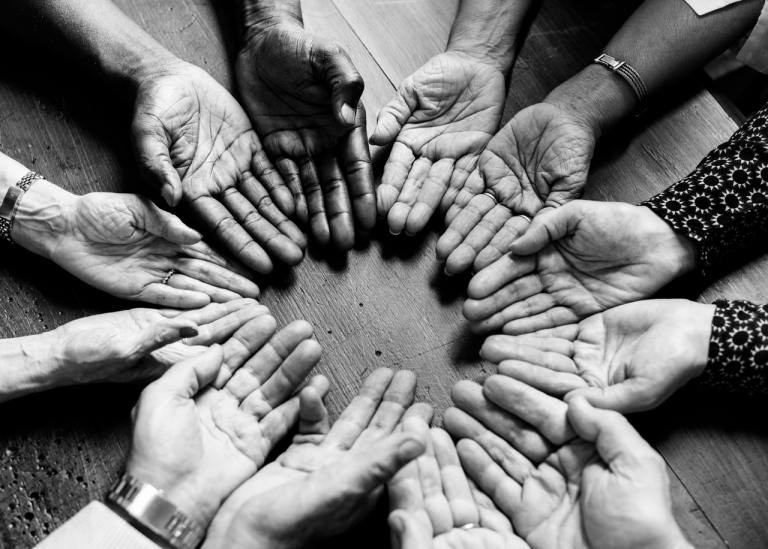What does it mean to be inclusive? Exclusive? Inclusive often means to be taken in, to include. Exclusive is many times means pushing something out of some sort of group, thus creating an element of specialness because of restricted entrance.
Being inclusive is typically the opposite of being exclusive. By the virtue of including something as a part of a whole, there must be no exclusion.
Is this strictly true?
Inclusivity is like drawing a circle. Inside of it, all of the things are included. We promote inclusivity because we believe in a large circle in which almost everything lives. It’s a bit like the category of candy — this contains gummies, chocolates and hard candy. However, these three categories are exclusive. Gummy bears certainly do not belong in the hard candy section, and licorice will never be accepted as a form of chocolate. But these mini-categories are certainly inclusive of the edible delights that fit into these bins.
By thinking of these terms as antonyms, inclusivity and exclusivity reinforce each other. By drawing a circle around something, one both includes and excludes. It is quite possible to create a category that includes everything — say, the world — and then simply break it up into different, smaller circles. We have countries, states, cities, neighborhoods. Ethnicities, nationalities, regions, families. Age, religion, geography, gender. We break ourselves up into all sorts of different things. Lots of these circles overlap, and the individual who fits into all of them is near non-existent.
What does this mean to how we approach the community, especially at Stanford? People split off into different groups — possibly overlapping groups — but different groups nonetheless. What does it mean to allow this, to create a group based on some sort of shared interest, ethnicity or passion? Are we being inclusive by allowing such groups to exist, or are the groups being deliberately exclusive by turning those away who don’t strictly fit into these categories? These groups come in all shapes and sizes at Stanford — clubs, houses, organizations.
What is more important is the openness to accept other people into these groups. It’s a foregone conclusion that people will split up. But to accept different people, to be open to the possibility that different people from radically different backgrounds will have the same interests and will both be welcomed into the same groups — that is the backbone behind the ideal of inclusivity behind the community.
Thus, while inclusivity and exclusivity can reinforce one another, by being open, we can reduce the force of exclusivity while acknowledging that it exists. Even if there are groups that exclude those based on gender or ethnicity, it remains that such organizations are a part of the community as a whole that helps others, and you, feel at home on the Farm.
Contact Angela Zhao ‘at’ angezhao ‘at’ stanford.edu.
